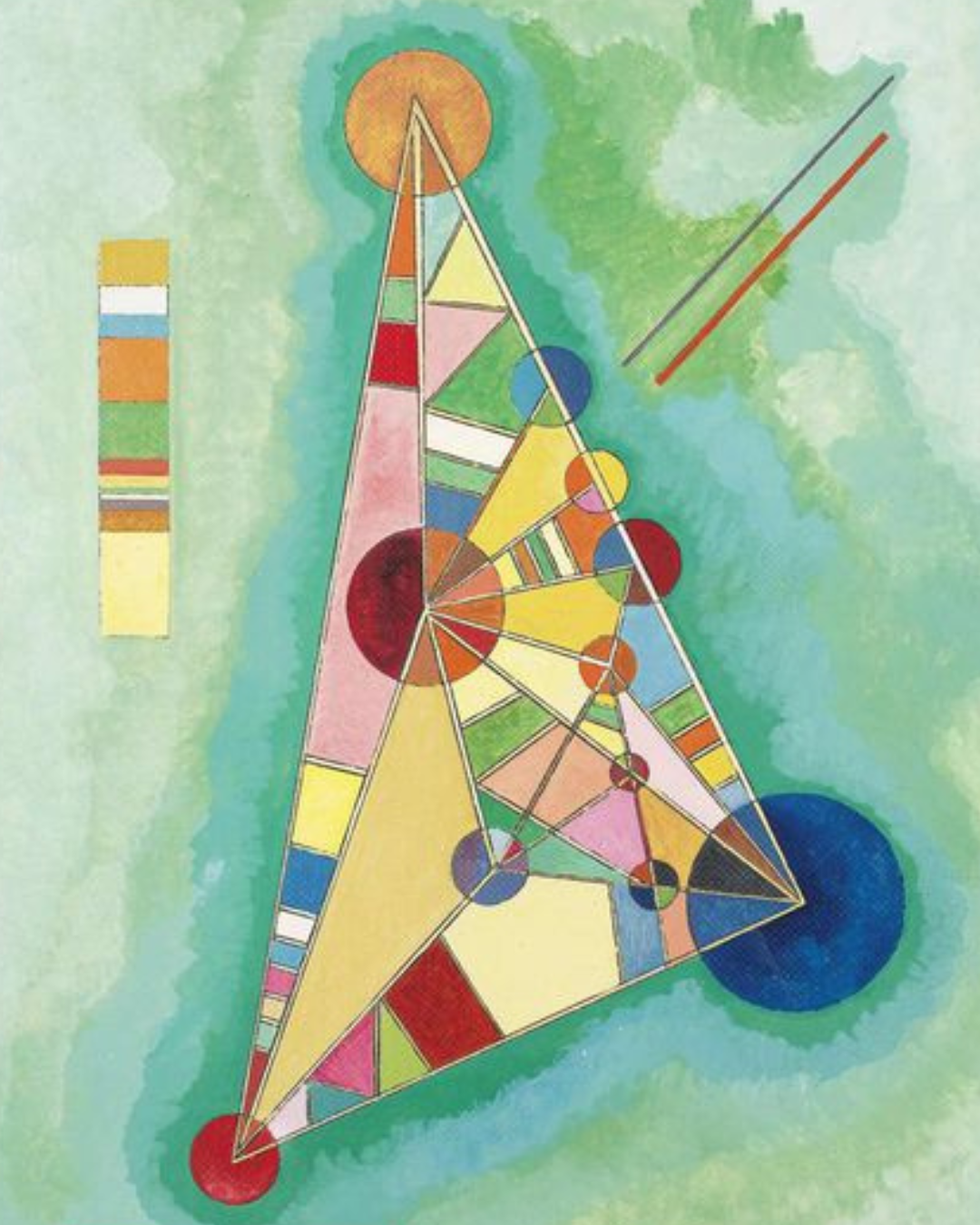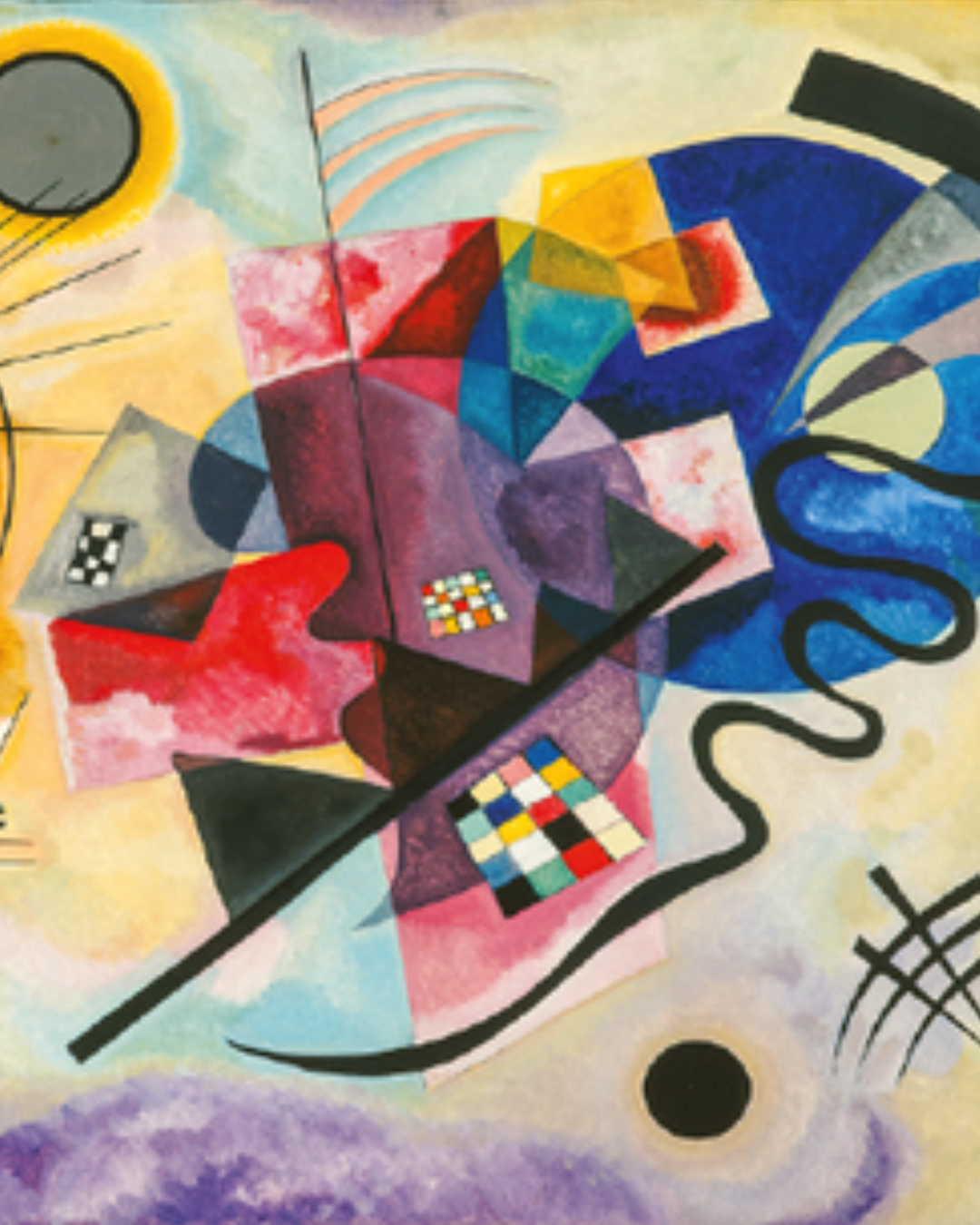Kandinsky
This summer, the Centre Pompidou Málaga had the privilege of showcasing a giant of abstraction: Wassily Kandinsky. “The Music of Colors” offered a journey through his life and works, a true visual symphony where each canvas seems to vibrate like a note.
The exhibition retraced his travels and influences. From Russia, his native land, to the landscapes he discovered in France, every stage of his life nourished his painting. His time at the Bauhaus, his returns to Europe, his experiences in Paris and Germany appear as chapters in his quest: to transcribe sounds, paint emotions, and translate into colors the intensity of each place.


The galleries in Málaga offered a succession of expressionist landscapes, abstract compositions, and later canvases, all bearing witness to his obsession with the correspondence between color and music. Each work becomes a note, each form a vibration.
Starting September 15, Paris will host this retrospective at the Philharmonie, a venue that seems naturally destined for it. More than 200 works and documents—paintings, drawings, scores, instruments—will compose a dialogue between the visual and the sonic arts.
Kandinsky, passionate about music, sought to paint what he heard and to hear what he painted. In front of his canvases, the viewer does not simply look: they listen, feel, and allow themselves to be carried by an inner melody.
“The Music of Colors” is thus more than an exhibition: it is a sensory journey, a crossing of the countries and eras that shaped one of the pioneers of abstraction. One leaves with the strange and delightful sensation of having heard a color and seen a music, guided by an artist whose creation was always a bridge between the visible and the invisible.






